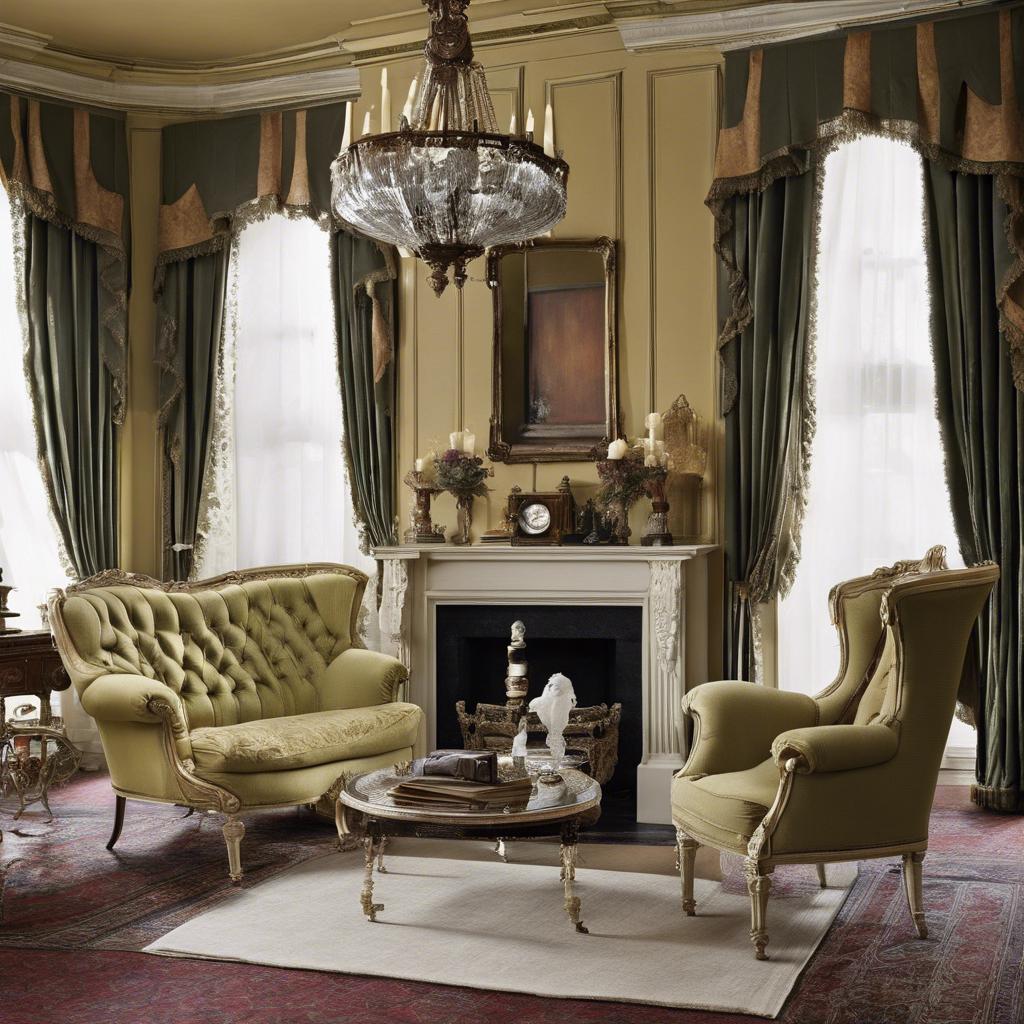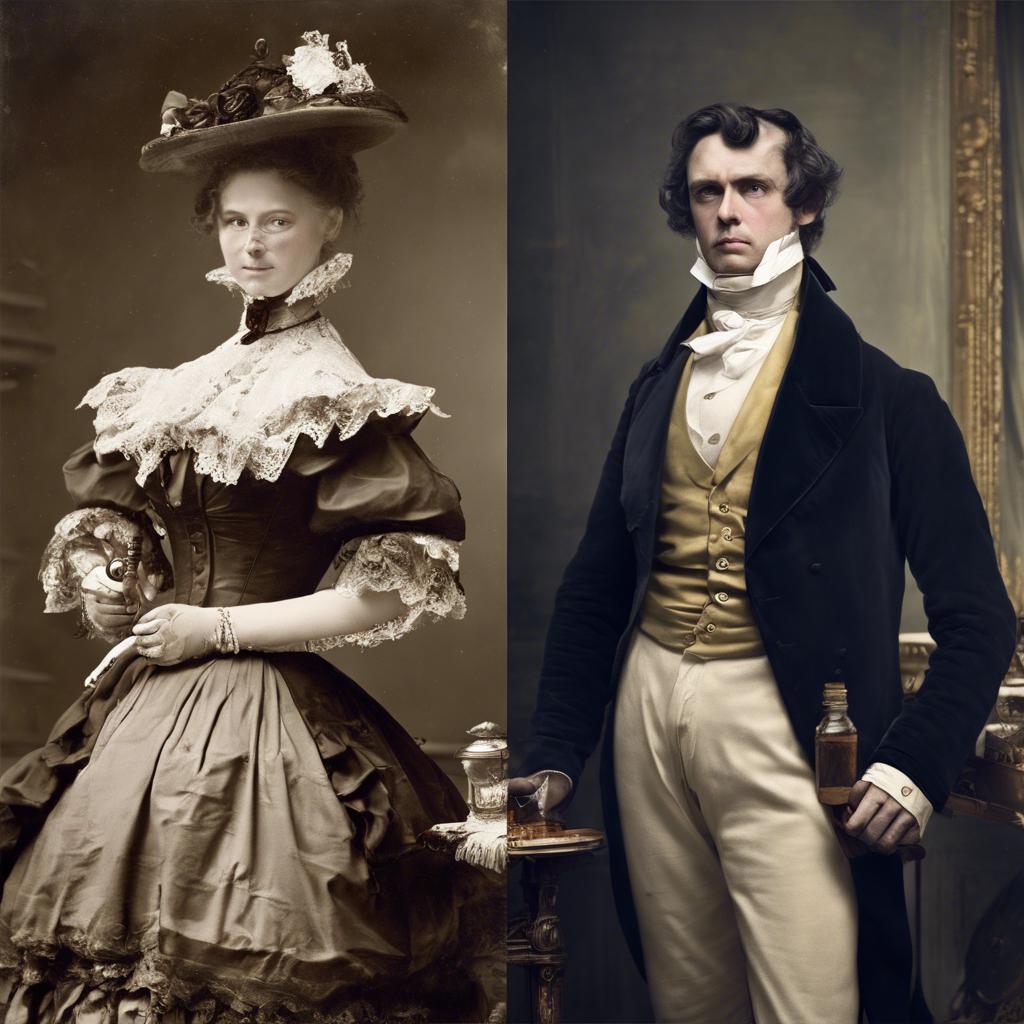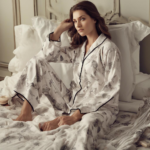The Victorian and Regency eras marked significant periods of social, political, and cultural change in England. Both eras are renowned for their distinctive characteristics and unique contributions to history. In this article, we will explore the differences and similarities between the Victorian and Regency eras, shedding light on the key features that define each period and examining the impact they had on society at the time. By delving into the nuances of these two influential eras, we can gain a deeper understanding of the evolution of English society and culture during the 19th century.
Step Into the World of Cheryl Bolen
Dive into the enchanting stories of love, intrigue, and elegance set in the Regency Era. Cheryl Bolen's novels offer timeless romance and captivating tales that will leave you wanting more.
Explore Cheryl Bolen's Books Now
– Fashion Trends: Contrasting Victorian and Regency Style
In the world of fashion, the Victorian and Regency eras stand out as two distinctive periods that have left a lasting impact on today’s trends. While both styles exude elegance and sophistication, there are key differences that set them apart.
Victorian Style:
- Known for its opulence and intricate details, Victorian fashion reflected the social status and wealth of the wearer.
- Women’s attire featured voluminous skirts, fitted bodices, and elaborate embellishments such as lace, ruffles, and embroidery.
- Men favored tailored suits with structured silhouettes and high collars, often accessorized with top hats and pocket watches.
Regency Style:
- In contrast, Regency fashion during the early 19th century embraced a simpler and more refined aesthetic, influenced by classical Greek and Roman designs.
- Women’s dresses were characterized by empire waistlines, flowing fabrics, and delicate embroidery, creating a more ethereal and graceful silhouette.
- Men opted for tailored coats, waistcoats, and breeches, showcasing a more understated elegance with neutral colors and subtle patterns.
while both Victorian and Regency styles represent an era of timeless beauty and sophistication, Victorian fashion leans towards extravagance and ornate details, whereas Regency fashion embodies a more restrained and classical elegance. Whether you prefer the lavish grandeur of the Victorian era or the understated grace of the Regency period, there is a unique charm and allure in each style that continues to inspire contemporary fashion trends.
– Social Norms and Etiquette: A Comparative Analysis between the Victorian and Regency Era
In examining the social norms and etiquette of the Victorian and Regency eras, one can’t help but notice the stark differences between the two periods. In the Regency era, which lasted from 1811 to 1820, social norms were much more relaxed compared to the strict etiquette of the Victorian era. During the Regency era, there was an emphasis on leisure, entertainment, and fashion, with balls and parties being a popular way to socialize.
Conversely, the Victorian era, which spanned from 1837 to 1901, was characterized by a more rigid and formal social structure. Victorian society placed a high value on propriety and respectability, with strict rules governing everything from dress to behavior. It was also a time of great moral and social change, with an emphasis on family values and duty.
One notable difference between the two eras was the role of women. In the Regency era, women had more freedom and independence compared to the Victorian era, where they were expected to adhere to strict codes of conduct and propriety. This difference is exemplified in the styles of dress, with Regency fashion being more revealing and relaxed, while Victorian fashion was characterized by modesty and restraint.
– Architectural Styles: Distinguishing Features of Victorian and Regency Buildings
During the Victorian era, architecture underwent a significant transformation, characterized by a revival of historic styles and the introduction of new technologies. Victorian buildings are known for their elaborate ornamentation, asymmetrical facades, and eclectic mix of styles. The use of iron and glass allowed for larger windows and grander designs, while the incorporation of intricate detailing such as gingerbread trim, spires, and stained glass windows became common.
On the other hand, Regency architecture, which refers to the period between 1811 and 1820 when George IV served as Prince Regent, is marked by a more restrained and elegant style. Regency buildings often feature classical elements such as columns, pediments, and sash windows, reflecting the influence of ancient Greek and Roman architecture. The emphasis is on symmetry, proportion, and simplicity, with a focus on creating visually harmonious designs.
the key distinguishing features between Victorian and Regency buildings lie in their design elements and aesthetic principles. While Victorian architecture is characterized by its flamboyant and eclectic style, Regency architecture embodies a more refined and classical approach. Both styles showcase the architectural trends and innovations of their respective eras, leaving a lasting legacy in the history of British architecture.
– Literature and Art: Exploring the Influence of Historical Eras on Creative Expression
The Victorian era, known for its strict moral codes and societal expectations, greatly influenced the literature and art of the time. Writers such as Charles Dickens and the Bronte sisters often explored themes of class struggle, poverty, and industrialization in their works. This period also saw the rise of the Gothic genre, with works like “Dracula” by Bram Stoker embodying the fears and anxieties of the era.
On the other hand, the Regency era, marked by elegance and refinement, gave rise to a different style of literature and art. Jane Austen, a prominent figure of this period, focused on themes of love, marriage, and social norms in her novels. The art of this time reflected the graceful and harmonious nature of Regency society, with delicate landscapes and portraits capturing the beauty of the era.
In comparing the Victorian and Regency eras, it is clear that each period had a distinct impact on creative expression. While the Victorian era delved into the darker aspects of society, the Regency era celebrated grace and sophistication. Both eras, however, offer valuable insights into the cultural and societal influences that shaped the literature and art of their time.
In Retrospect
the Victorian and Regency eras represent two distinct periods in British history, each marked by unique social, cultural, and political characteristics. While the Regency era is renowned for its elegance, refinement, and opulence, the Victorian era is characterized by its industrialization, social reform, and technological advancements. Both periods have left a lasting impact on British society and continue to influence our modern world in myriad ways. By delving into the intricacies of these fascinating eras, we gain a deeper understanding of the complexities of British history and the evolution of our society over time.


